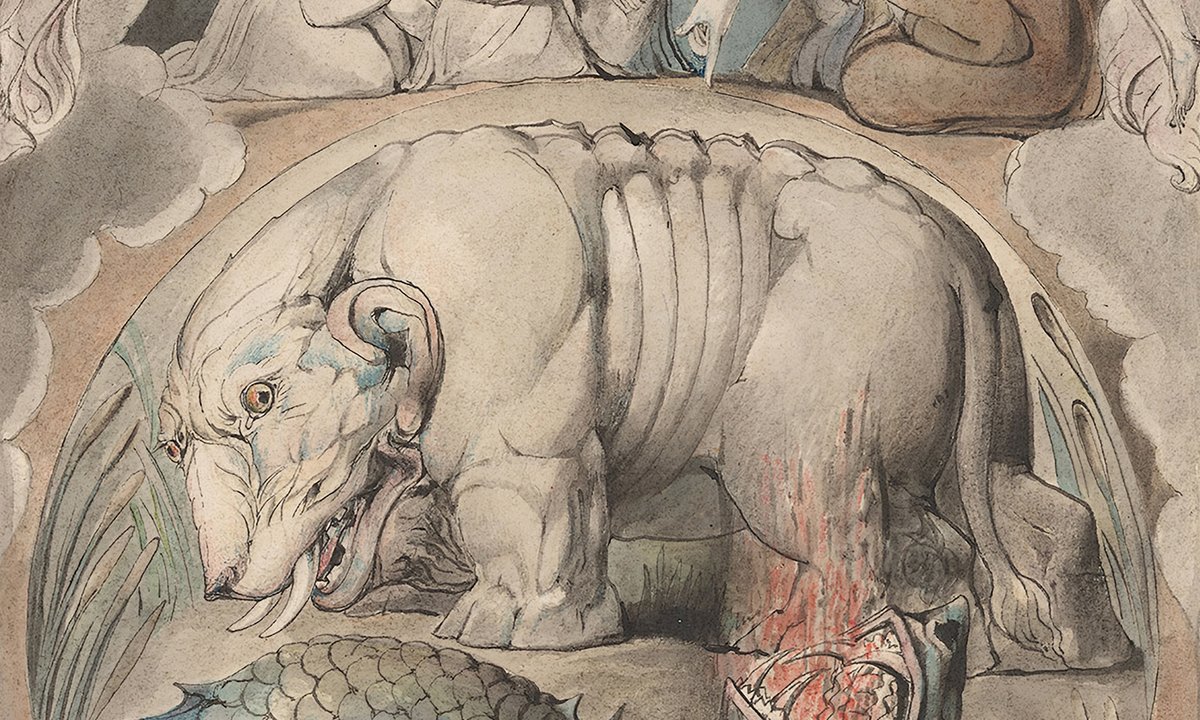
"The Blakes, the soot of London still clinging to their clothes, had never seen an ocean before. In the salty air, the tangy water, they tasted a new kind of freedom that, Hoare argues, manifested itself in their work."
"In Blake's hallucinatory poem Milton, written and illustrated in Felpham, the poet of Paradise Lost descends from the skies to save a world overshadowed by 'dark Satanic mills', beholden to the laws of mechanics, not those of the spirit."
"Blake later referred to the three years he spent in Felpham as his 'slumber on the banks of the ocean'. But he was in fact wide awake while he was there."
"Humans are 'what the sea leaves behind', Hoare states - underwater debris tossed ashore to struggle and rot. But in our imagination, in poems and paintings, we can transcend that."
In Felpham, 1800, William Blake and his wife Katherine arrived, experiencing the ocean for the first time. This exposure to the sea inspired a shift in Blake's work, as seen in his poem Milton, which critiques mechanistic assumptions and elevates spiritual awareness. His artistic visions, including self-portraits combined with spiritual elements, reveal a personal transformation. The three-year period in Felpham was considered by Blake as a significant, enlightening phase in his life. The ocean’s symbolism represented both the human struggle and creative transcendence.
Read at The Art Newspaper - International art news and events
Unable to calculate read time
Collection
[
|
...
]